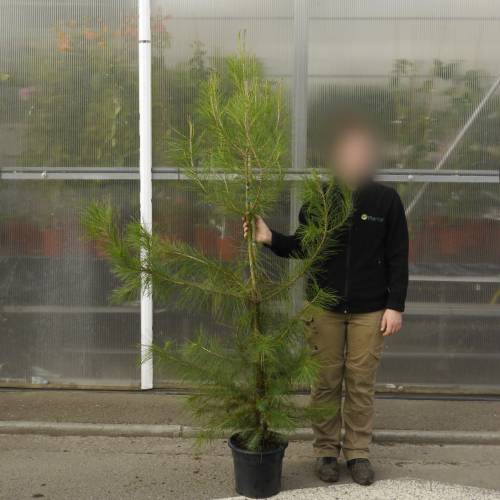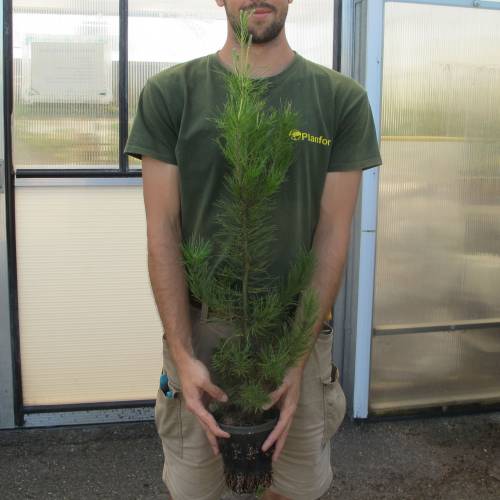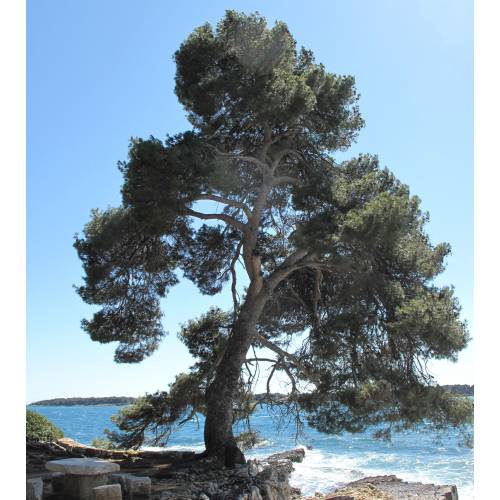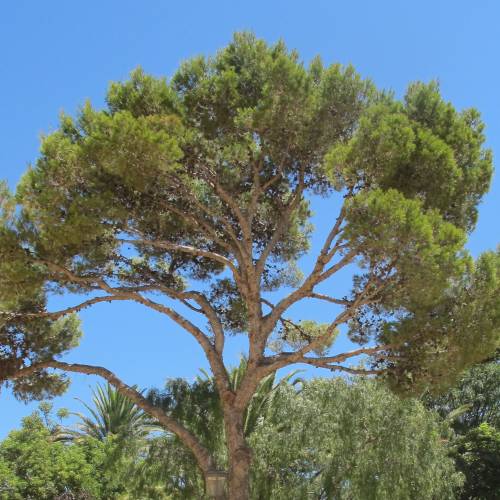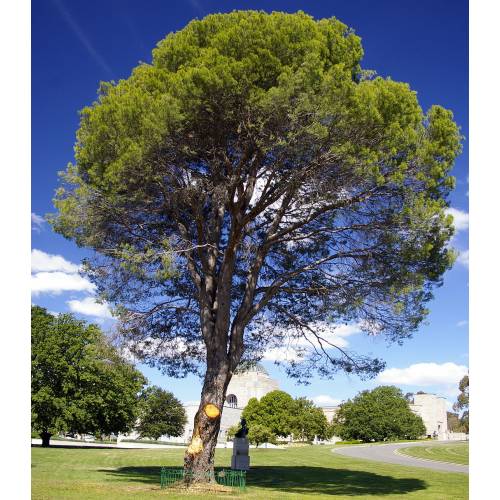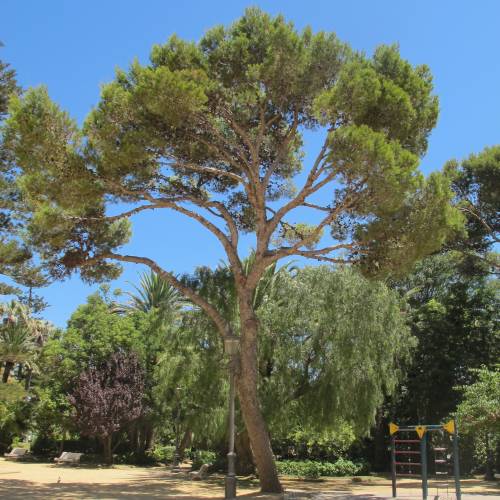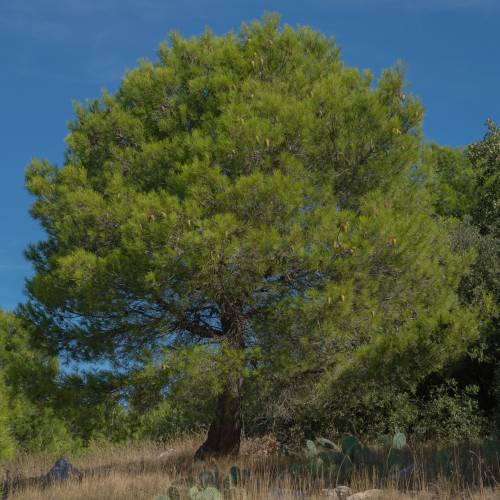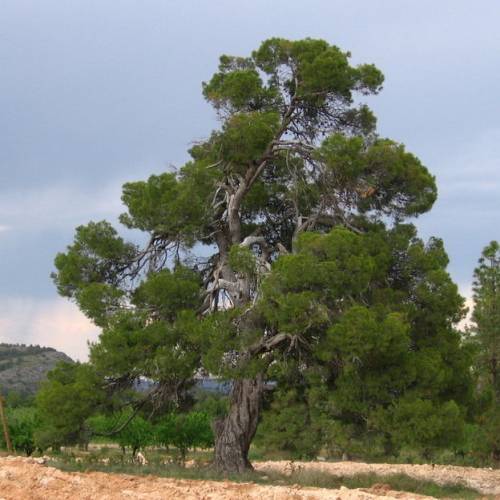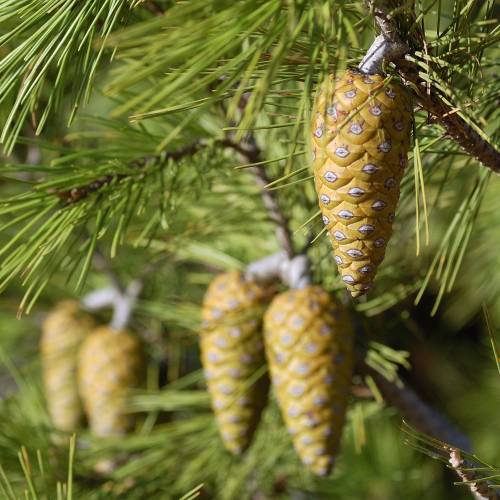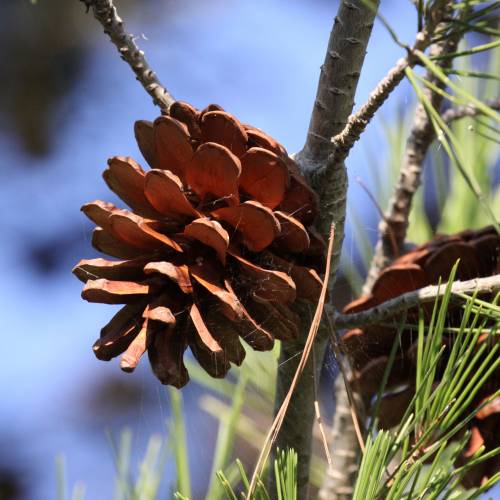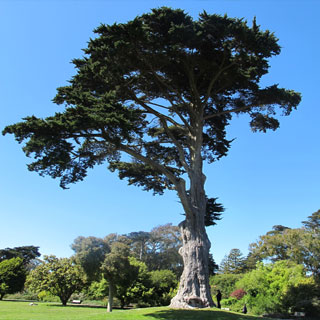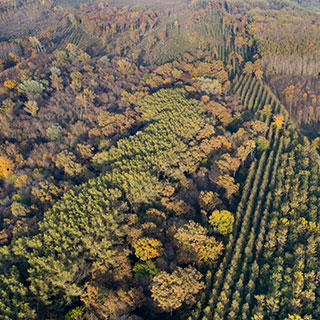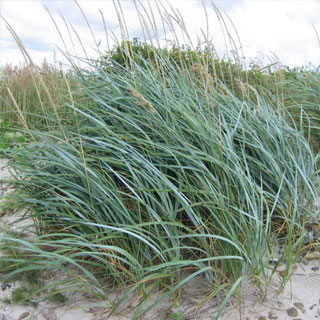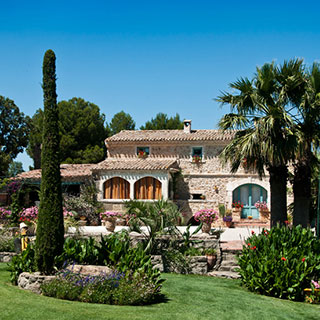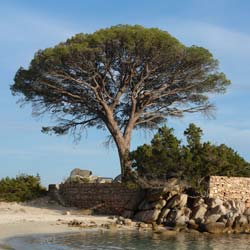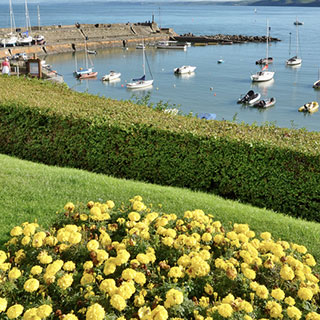
Plants
Pine, aleppo / Pinus halepensis
-
56.68 € Aleppo pine - Pinus halepensis
2157j - Available
-
51.48 € Aleppo pine - Pinus halepensis
2157k - Available
-
51.43 € Aleppo pine - Pinus halepensis
2457V - Available
-
46.75 € Aleppo pine - Pinus halepensis
2457W - Available
-
14.04 € Aleppo pine - Pinus halepensis
2157M - Available
-
13.47 € Aleppo pine - Pinus halepensis
2157Q - Available
-
12.43 € Aleppo pine - Pinus halepensis
2157N - Available
-
11.39 € Aleppo pine - Pinus halepensis
2157n - Available
-
6.76 € Aleppo pine - Pinus halepensis
2457UH - Available
-
6.19 € Aleppo pine - Pinus halepensis
2457UI - Available
-
5.15 € Aleppo pine - Pinus halepensis
2457UL - Available
-
4.45 € Special Offer - 30%
2457UM - Available
-
1.61 € Aleppo pine - Pinus halepensis
2457UN - Available
-
1.51 € Aleppo pine - Pinus halepensis
2457UO - Available
-
1.41 € Aleppo pine - Pinus halepensis
2457UP - Available
-
0.00 € Aleppo pine - Pinus halepensis
2157I - Request for quotation
-
Geographical origins: Mediterranean, Africa, Northern Spain as far as Greece.
Adult dimensions: Height up to 20 m (65,6'), width up to10 m (32,8').
Foliage: Evergreen.
Type of soil: Any.
Hardiness: Hardy to -10°C.
Exposure: Full sun.
Properties and uses:
Planted alone in the areas of origin. The silver grey bark produces lots of shoots on ground containing lime. Nevertheless the wood is of good quality and it is essential in forestry because it can tolerate heat and dryness and is able to cope with poor soil, little depth and lime. In France it can be found growing spontaneously in Provence, the Languedoc and Corsica. The needles come in pairs.
Plant, or reforest Norway Maple, Pinus halepensis – Foresters Guide
1) The Norway Maple (Robinia pseudo-acacia) is it suitable for my land? The Aleppo Pine is currently found in the bioclimatic zone of the Green Oak, and some specimen are found in the bioclimatic zone of the Downy Oak. Concerning the temperatures, the Aleppo Pine is limited by the cold winters (absent or scarce in the zones where the average minimum annual temperatures in January are below zero), but it tolerates the summer high temperatures (average maximum temperatures in July going over 30°C). The Aleppo Pine thrives in a continental climate, where there are significant variations of temperatures between winter and summer. This genus seems capable of resisting important frosts (down to -15 and -20°C) if it’s not too long and if the tree had time to adjust to the winter season (early frost). Concerning the rainfall, the Aleppo Pine tolerates a wide variation going from under 400mm per year to over 1000mm. It grows in a very wide range of pedologic conditions: carbonate soils developed on marly materials, chalky soils, clayey, sandstone… and more scarcely in acidic soils. It is generally found in altitudes under 600 m, up to 800 m, or 900 m in some coastal massifs on warm slopes.
2) Which planting density for my Norway Maple plot? (Pinus halepensis)
The planting density is the number of plants planted in one hectare (acre). Here it means determining the initial number of young plants and to choosing their repartition in the available space.
The planting density is defined by the gaps in between the lines as well as the spacing in between each plant on a same line.
It is the basics of the silvicultural path which must lead to a final trees’ population of quality and to the fulfilment of the land’s owner set goals.
Advice: When choosing the density, think about the width of the tool which will allow the maintenance of the gaps in between the lines. The space in between the lines must allow clear passage for a tractor-drawn, maintenance tool.
For the Aleppo Pine (Pinus Halepensis):
- A classic forest program going from 1200 to 1600 plants/hectare.
3) How to prepare the soil to plant Norway Maple (Pinus halepensis)?
In Silviculture, working the soil is a key element in the success of planting. The root system of the tree must take rapidly where planted. Whether the work is done mechanically or manually, we recommend working the soil in its depth for optimum planting.
4) How to plant the Norway Maple (Pinus halepensis)?
a- Receipt, storage and preparation of the plants before planting
- Upon receipt, place the crates side by side, on a flat surface so as there is no air circulation underneath. Choose a shady spot protected from wind;
- Maintain a good humidity level of the plants on the crates placed on the edges,
- Plan for the possibility of watering if planting is delayed or if the plants require water,
- In case of frost, do not handle the plants and if frost is forecasted for several days, place mulch on the edges.
b- Planting
Our team of professional planters use a planting cane to place the earth-balled plants in situ. This ergonomic, light tool allows quality, quicker planting work. It is also possible to carry out a traditional planting work using a pickaxe or a spade
In all case, you must:
- Dig a hole a little bit larger than the earth-ball ;
- Position it well in the hole;
- Cover it entirely;
Finally, the worker will tamp down the soil carefully with its foot. It is forbidden to press strongly or again to heel-butt the plant to avoid crushing the earth-ball and damage the root system of the plant.
Video on planting using a planting cane
Buy Planting cane
5) How to limit weeds on my Norway Maple plot (Pinus halepensis) ?
During the first years, it is essential to eliminate all self-propagating plants. Not controlled they are going to be in competition with your plants and are going to deprive the young trees of the vital elements they require to grow (water, light and nutritional elements). You must therefore eliminate mechanically this unwanted competition until the trees are big enough to be able to dominate it.
Two types of operations are possible after planting:
Manual clearing around the plants
It is in fact acts often carried out using portable thermic Strimmers or billhooks to clear plants on a line or around the plants themselves.
Mechanical clearing of the space in between the lines
These actions are done using cutters and flail mowers, horizontal or vertical cutters, mounted on mini excavators or tractors. As a result, they cannot be undertaken outside the spaces available between the tree lines (seedlings or plants).
6) How to protect my young False Acacia plants from wildlife (Pinus halepensis) ?
There is a necessity to protect the plot as soon as the population’s density of Cervidae (deer and roe deer in particular) risk leading to significant damage such as undergrowth of the plants or friction of the stems. Sometimes, the setting up of plants’ protection is also necessary as soon as the rodents’ population (rabbits, hares, coypu, voles...) are locally important.
3 types of protections are possible:
- Individual, mechanical Protections ( dissuasive netting, photo-degradable tubes,...)
- Protection by total wire-fencing of the plot,
- Protection by applying a repellent on each plant or on the borders of the plot.
Catalogue Protections against Game

